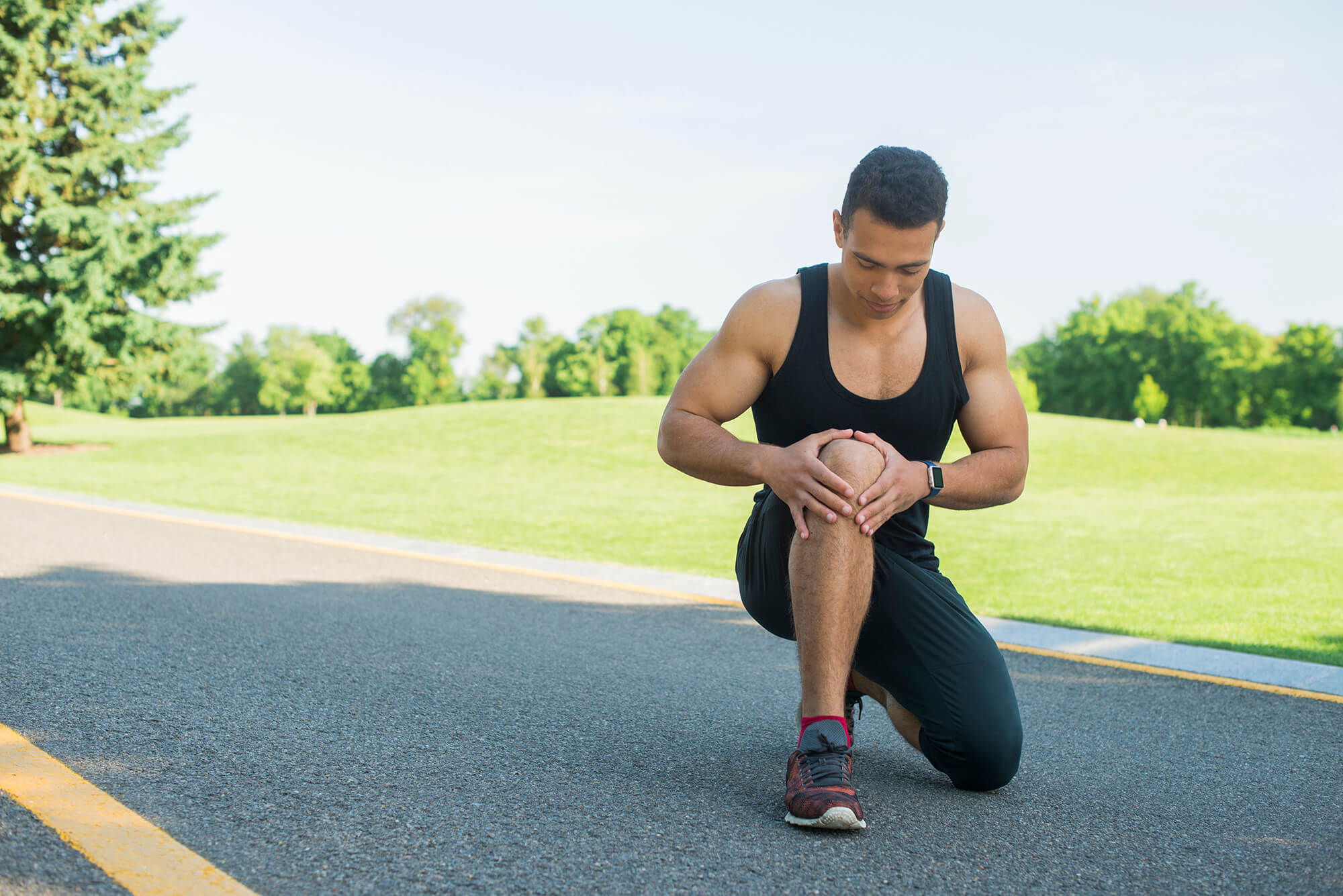Strains and sprains commonly occur in individuals who play sports. Both strains and sprains are sporting injuries that involve tearing or stretching tissue. For strains, tendons or muscles are involved, while sprains involve ligaments.
What’s the Big Deal?
It’s just a sprain, not a broken bone. So what’s the big deal?
First, both strains and sprains can be severe enough that they require a significant time of rest away from a sport. They can take even longer to heal if they haven’t been treated properly.
Even worse, sometimes strains and sprains can mimic injuries that are more series. In growing children who play sports, sometimes growth plate injuries occur that may mimic a strain or sprain. When these types of injuries remain undiagnosed and untreated, complications may occur. That’s why it’s so essential to seek treatment from a qualified orthopedic specialist, even if you think it’s “just a strain or sprain.”
Common Types of Sports Sprains and Strains
While you can sprain many areas of the body, common types of sports strains and sprains occur in the knee, wrist, ankle, and thumb.
Thumb and wrists sprains can both occur if force pushes your thumb (or a finger) or the entire hand backward. Athletes that play baseball, basketball, and football have a higher risk of these types of injuries.
Ankle sprains may occur when various ligaments are torn, including ligaments outside the ankle, those that hold your ankle in place, or those holding your lower two leg bones in place. Nearly any type of sport that requires running can increase the risk of an ankle sprain.
How Strains and Sprains are Classified
Strains and sprains are generally classified in three categories based on their severity, including:
- Grade I – Mild stretch to the tissue
- Slight loss of range of motion
- Mild swelling
- No loss of stability
- Grade II – Moderate stretching of tissue and some tearing
- Some bruising
- Moderate swelling
- Some loss of stability
- Moderate loss of strength and range of motion
- Grade III – Severe; complete tissue tearing
- Almost complete loss of strength and range of motion
- Significant loss of stability
- Marked bruising and swelling
Tips for Preventing Strains and Sprains
While you can’t always avoid a strain or sprain when playing sports, you can take measures to prevent these sports injuries.
- Tip #1 – Always warm up and stretch before activity.
- Tip #2 – Keep up with strength training, even when it’s the off season.
- Tip #3 – Ensure you’re wearing the correct shoes for the sport, and they must fit well.
- Tip #4 – Try to avoid sudden increases in training program intensity.
- Tip #5 – Add support with braces or tape when needed.
- Tip #6 – Don’t run on uneven surfaces or wet floors.
- Tip #7 – Don’t forget to cool down after activity, too.
- Tip #8 – Schedule some rest days, and avoid pushing through pain.
Don’t ever look at strains and sprains as something you should brush off. Any inability to bear weight after this type of sports injury should prompt an evaluation by a medical professional. If you have continued pain, significant bruising or swelling, or problems bearing weight after a few days, always see treatment. Seeking prompt treatment for strains and sprains can reduce your time on the sidelines of your favorite sport.


